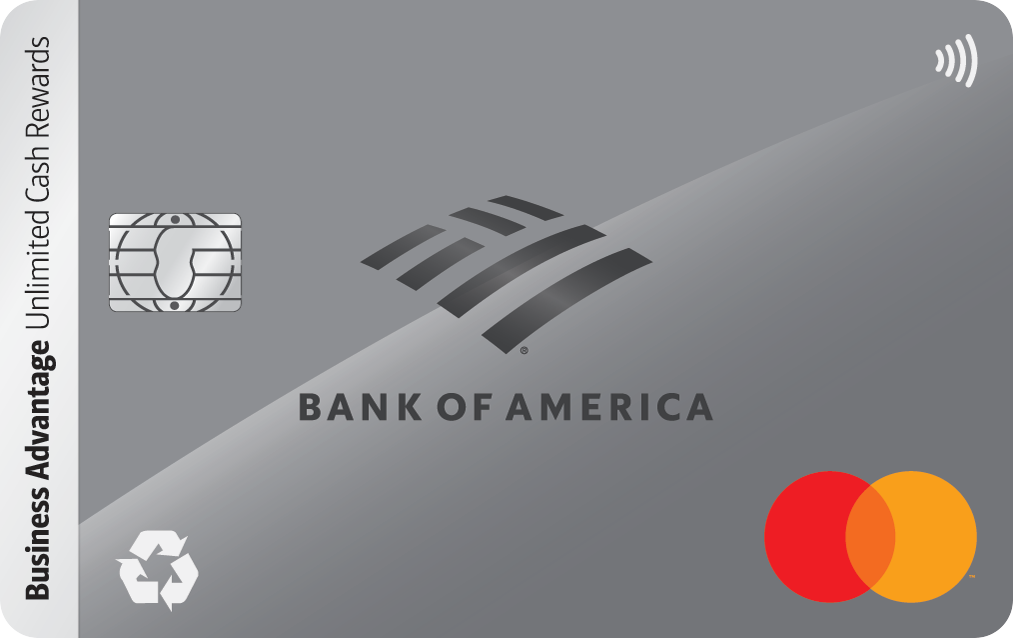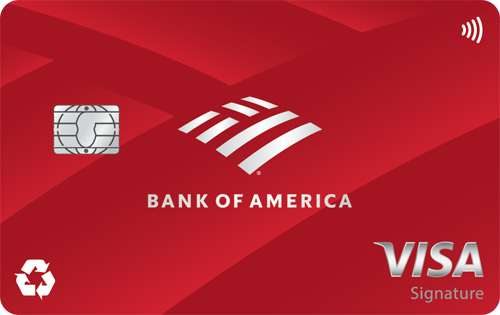Can the FDIC Afford Its $23 Billion Bank Failure Bill? What It Means for Your Money
What happened
The FDIC says the collapse of Silicon Valley Bank and Signature Bank will cost it around $23 billion. In a speech to the Senate Banking Committee, FDIC Chair Martin Gruenberg said it would use a "special assessment" to replenish its Deposit Insurance Fund (DIF). According to a recent Bloomberg article, big banks may be on the hook for a large proportion of that money.
So what
FDIC insurance is an essential consumer protection that underpins the entire industry. It covers bank customers for up to $250,000 per depositor, per insured bank, for each account ownership category. It gives consumers the peace of mind that if their bank failed, they would not lose their savings. As such, consumers need to trust that the FDIC has enough money to protect them.
As of November last year, there was $128.2 billion in the DIF, meaning recent events cost almost 20% of the cash it has on hand. Gruenberg says the FDIC has the legal authority to recover the funds from various entities and that it will report back in May on who will have to pay what. Bloomberg cites people close to the matter in suggesting that big banks -- who've already put significant sums into propping up First Republic -- may take a lot of the strain.
Now what
Authorities are doing everything they can to prevent a full scale banking crisis. While it isn't clear if all the shock waves from SVB's collapse have fully passed, it does appear that the worst is over. Gruenberg said the massive flow of withdrawals has slowed in the past few weeks and stressed, "The state of the U.S. financial system remains sound despite recent events."
If you're worried that the FDIC will run out of money if the bank failures continue, try not to panic. Take heart from the fact that nobody's ever lost money in insured deposits. There are a number of safeguards in place to stop this from happening. History shows us that authorities will step in to protect your savings and deposits. Even during more significant financial crises, such as that of 2008, the FDIC has always found ways to make bank customers whole.
One practical step you can take is to double check that your bank account is FDIC insured. If you have large sums deposited with a single bank, it's also worth making sure all your funds are covered. You might need to use a joint account or even open a new account with another bank to spread out your funds. Check out our guide on what to do if you have more than $250,000 for more information.
Our Research Expert




